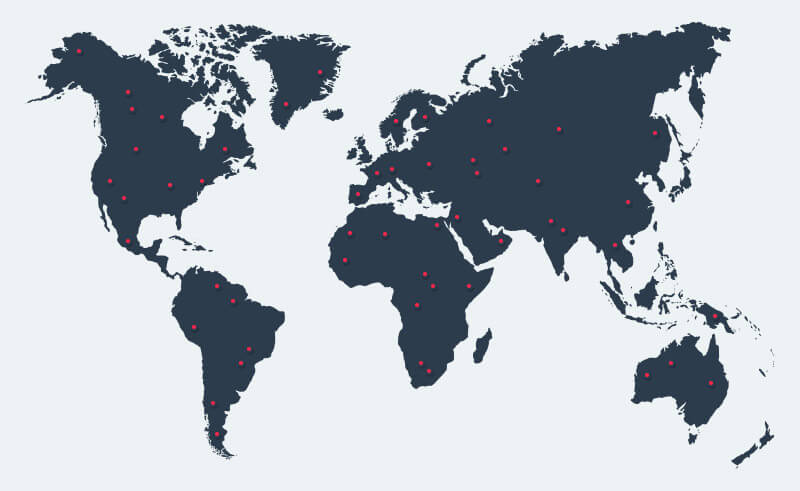Proactive IT Security
Your First Line of Defense
In today's digital world, the landscape of cybersecurity threats is constantly evolving. Traditional reactive security measures are no longer sufficient to protect businesses from the myriad of cyber threats they face daily. This shift necessitates a more proactive approach to IT security, where threats are anticipated and mitigated before they can cause harm.
Here’s why proactive IT security is crucial and how your business can implement it.
Understanding Proactive IT Security
Proactive IT security is about staying ahead of cyber threats. Instead of reacting to breaches after they occur, proactive security measures aim to prevent them altogether. This approach involves continuously monitoring and analyzing the IT environment for potential vulnerabilities, predicting possible attack vectors, and implementing protective measures in advance.
The Importance of Proactive Measures
The cost of cyberattacks can be devastating, not just financially but also in terms of data loss, reputation damage, and operational downtime. By adopting a proactive IT security stance, businesses can significantly reduce their risk profile.
Benefits include:
Early Detection
Identifying threats before they escalate allows for more effective containment and neutralization.
Regulatory Compliance
Many industries have strict data protection regulations. Proactive security helps ensure compliance and avoid penalties.
Cost Savings
Preventing attacks is often less expensive than the costs associated with recovery after a breach.
Implementing Proactive IT Security Strategies
Adopting a proactive approach to IT security involves several key strategies:
- Risk Assessment: Regularly evaluate your IT infrastructure to identify vulnerabilities. This includes assessing both hardware and software components. Tools such as Echo can help get an updated baseline information to continuously evaluate risk exposure on endpoint devices. I.e. unpatched OS, disabled encryption or missing endpoint manager.
- Continuous Monitoring: Use advanced monitoring tools to keep an eye on your network and endpoints for unusual activity that could indicate a cybersecurity threat.
- Employee Training: Educate your staff about the importance of cybersecurity and teach them how to recognize potential threats.
- Incident Response Planning: Have a clear, documented plan in place for responding to security incidents. Knowing what to do in the event of an attack can significantly reduce its impact.
- Technology Investment: Invest in the latest cybersecurity technologies. Tools like firewalls, antivirus software, and encryption can be instrumental in preventing attacks.


Conclusion
In the digital age, proactive IT security is not just a choice; it's a necessity, as any lapses in cybersecurity can be catastrophic for any company. Protection of endpoints and data must be integral to every aspect of your decision-making, from supply chain management to product development.
By anticipating threats and implementing measures to prevent them, businesses can protect themselves against the ever-growing risk of cyberattacks.
And by understanding the opportunities to manage that risk in collaboration with the technology teams, business leaders can help boost organizational resilience.

